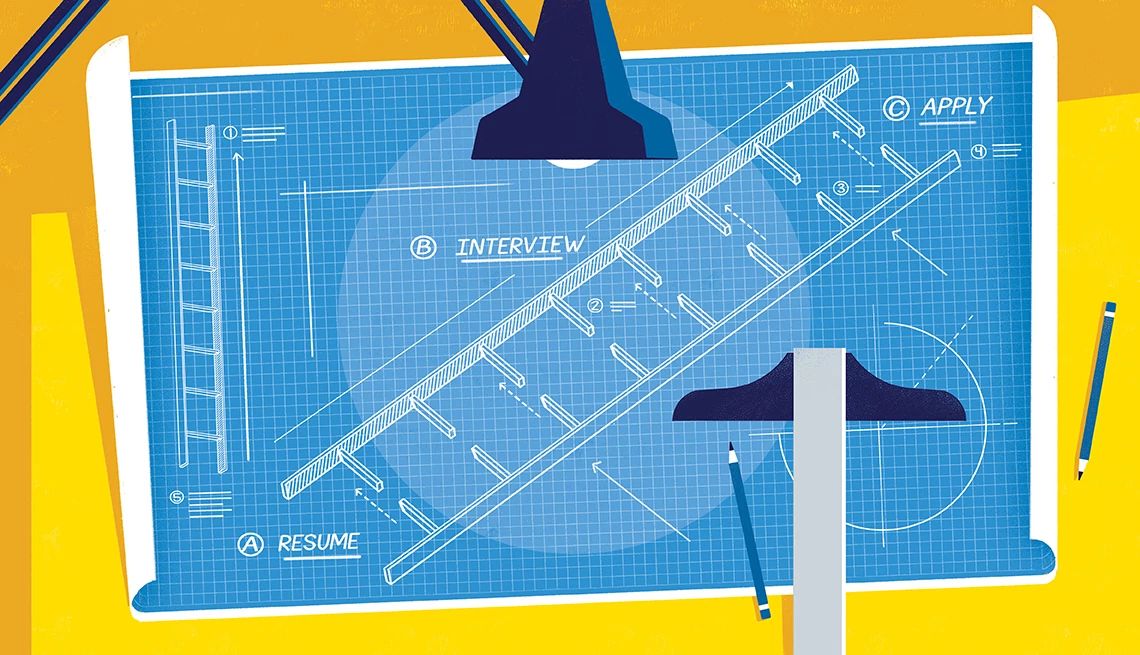AARP Hearing Center
CLOSE ×
Search
Popular Searches
- right_container
- Health
- Money
- Work & Jobs
- Advocacy
- Social Security
- Medicare
- Caregiving
- Games
- Travel
- More...
- Entertainment & Style
- Family & Relationships
- Personal Tech
- Home & Living
- Auto
- Staying Sharp
- Podcasts
- Videos
Fillmore Historical Museum
350 Main Street,
Fillmore,
CA
93015
By clicking the links above, you'll leave AARP and go to a website that is not operated by AARP. A different privacy policy and terms of service will apply.
Looking north at Central Avenue and Main Street. Streets were still unpaved and lined with pepper trees. The early Main Street ran parallel to the railroad tracks, but businesses began to spring up along Central Avenue. These stores included a hotel, drug store, pool hall, dry goods store and theater.
About 1914, the Fillmore State Bank, capitalized by local businessmen in 1905 for $25,000, gave us the finest building in town at the corner of Central and Santa Clara Streets. The first floor exterior was faced with George Henley’s Sespe brownstone, which was then being shipped all over the United States from his quarries up the Big Sespe Canyon.
The board of directors went all out for elegance, something Fillmore had never had before. The two story free-standing brownstone columns at the imposing entrance on the corner supported a great curving slab of stone. Inside the building there were Carrera marble counters with an ornate bronze-barred window for the cashier.
The brick-faced second floor became the original Masonic Hall and also was used by the Ebell Club ladies when they obtained their charter in 1914 for awhile.
A Southern Pacific freight train stopped at the west bridge over the flooding Sespe Creek in 1938. The bridge over the east channel had already been washed away. (courtesy Fillmore, CA, 1888-Centennial-1988)
circa 1915
Owen Miller, town constable and bootlegger, owned the Central Hotel. The car is a Model N Ford. The livery stable, also owned by Owen Miller, is to the left.
Dr. J.P. Hinckley was Fillmore’s first doctor, and many times he would be given a chicken, some garden vegetables, or perhaps a fat pig, as his fee. His son, Dr. Ira Hinckley was the town’s first dentist, and in 1900, also ran the first drugstore at the northeast corner of Ventura Street and Central Avenue. He had his dental office in the rear of the store and many a patient waited in the dental chair with their tooth only half filled while Ira filled a prescription or whipped up an ice cream soda for a customer at Fillmore’s first soda fountain, located in the front of the store. The drugstore later became Clough’s Pharmacy. (Courtesy Fillmore, CA, 1888-Centennial-1988)
circa 1900
The original Bardsdale School, about 1900. The building was constructed prior to 1899. H.E. Peyton bought the building in 1918 and moved it to another site. The school bell is on display in the 1887 Southern Pacific Depot on the site of the Fillmore Historical Museum.
Please use "Flag This Place" to alert us about content that is inappropriate or needs immediate attention. Nothing you submit will be shared with other site visitors.
AARP Events for Norway
-
Featured Event
Making Music: Join a Virtual Rhythm Circle
Saturday, Jan 10, 2026 at 9:00 a.m. CT
StreamYard
Online Event
-
Try Zumba Gold for Fitness and Brain Health
Wednesday, Dec 24, 2025 at 10:00 a.m. CT
Zoom
Online Event
-
Take a Seat and Boost Your Strength and Fitness!
Wednesday, Dec 24, 2025 at 2:00 p.m. CT
Zoom
Online Event

Only $15 your first year
with Automatic Renewal
with Automatic Renewal
- Immediate access to your member benefits
- Discounts on travel and everyday savings
- Subscription to AARP The Magazine
- FREE second membership
Join AARP
Already a member? Renew or
Print Card
































































